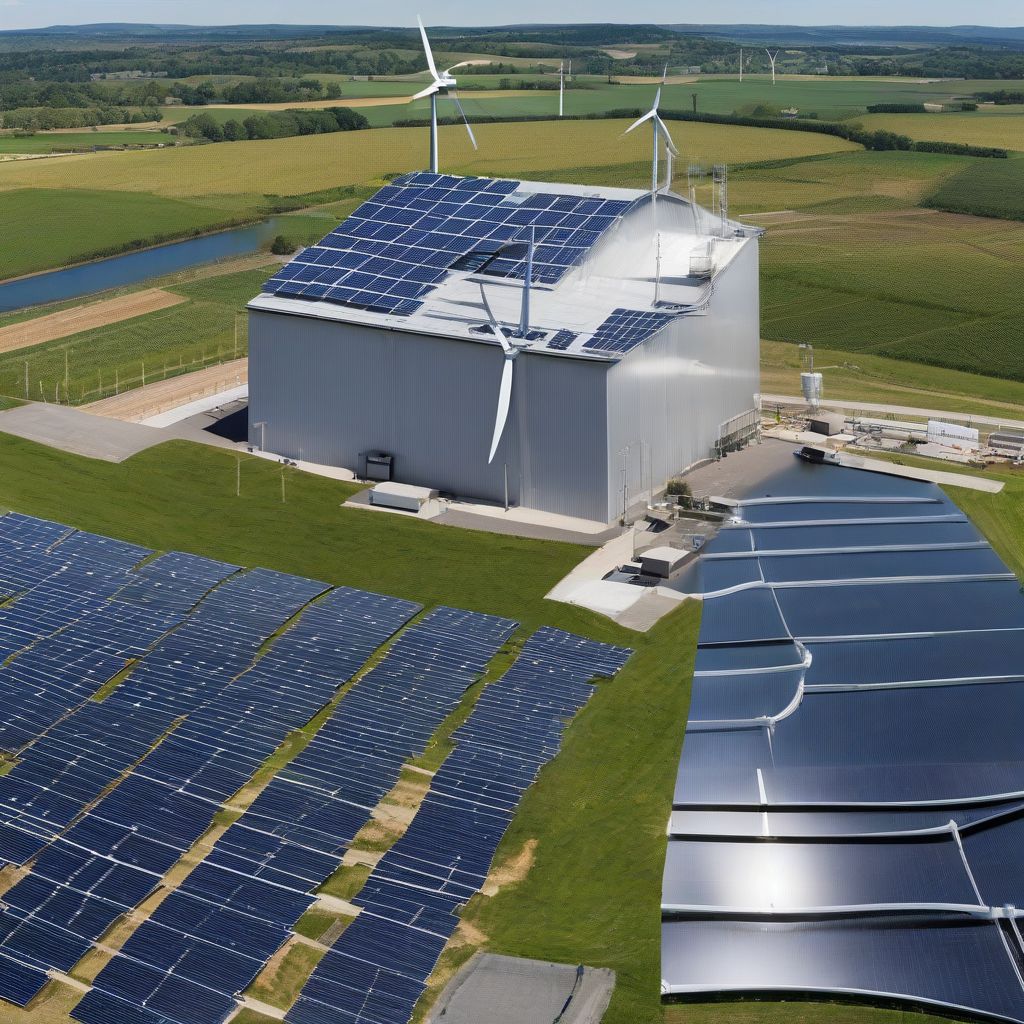Imagine a future where your business thrives not just financially, but also in its commitment to a healthier planet. Now, stop imagining and start acting! Transitioning to renewable energy isn’t just good for the environment; it’s a smart business decision that can lead to significant long-term savings and enhance your brand image.
This guide will walk you through creating a practical and effective renewable energy plan tailored for your business. Let’s power up your success sustainably!
1. Assess Your Energy Needs and Feasibility
Before diving into solar panels and wind turbines, take a step back and understand your current energy consumption.
- Analyze your energy bills: Review your energy bills for the past 12 months to identify consumption patterns and peak usage periods.
- Conduct an energy audit: Consider a professional energy audit to pinpoint areas of high energy use and identify potential savings through efficiency upgrades.
- Research local renewable energy potential: Explore the availability of solar, wind, hydro, or geothermal resources in your area. Factors like sunlight hours, wind speeds, and geographical location play a crucial role.
2. Define Your Renewable Energy Goals
What do you want to achieve with your renewable energy plan?
- Set realistic and measurable targets: Aim to offset a certain percentage of your energy consumption or strive for net-zero energy use.
- Consider your budget and timeframe: Determine your investment capacity and desired payback period.
- Align with your brand values: Communicate your commitment to sustainability to customers and stakeholders.
 Renewable Energy Sources for Businesses
Renewable Energy Sources for Businesses
3. Explore Renewable Energy Options
Now, let’s delve into the exciting world of renewable energy technologies!
a) Solar Energy
- Solar Photovoltaic (PV): Convert sunlight directly into electricity using solar panels. Ideal for businesses with ample roof space or land availability.
- Solar Thermal: Utilize solar energy to heat water for various business processes, reducing reliance on conventional water heaters.
b) Wind Energy
- Onsite Wind Turbines: Harness wind power to generate electricity. Suitable for businesses in areas with consistent, strong winds.
c) Other Renewable Energy Sources
- Geothermal Energy: Tap into the Earth’s heat to provide heating and cooling solutions.
- Hydropower: Generate electricity from flowing water. Best suited for businesses located near rivers or streams.
- Biomass Energy: Utilize organic matter like wood pellets or agricultural residues to produce heat or electricity.
4. Evaluate Costs and Financial Incentives
Transitioning to renewable energy requires an initial investment, but the long-term benefits often outweigh the upfront costs.
- Calculate installation costs: Obtain quotes from reputable renewable energy installers for the chosen technology.
- Explore financial incentives: Research government rebates, tax credits, and other financial assistance programs available for renewable energy projects.
- Analyze long-term savings: Calculate the payback period and estimate your potential energy cost savings over time.
5. Choose the Right Installation and Financing Options
- Select a qualified installer: Opt for experienced and certified professionals who can ensure a safe and efficient installation.
- Explore financing options: Consider loans, leases, or Power Purchase Agreements (PPAs) to manage the upfront costs of your renewable energy system.
6. Monitor, Maintain, and Optimize
Once your renewable energy system is up and running, proactive monitoring and maintenance are crucial for optimal performance.
- Implement a monitoring system: Track energy production, identify any performance issues, and measure your return on investment.
- Schedule regular maintenance: Ensure your system operates at peak efficiency with routine inspections and cleaning.
- Continuously optimize: Stay informed about advancements in renewable energy technologies and explore opportunities for upgrades or expansion.
Conclusion
Creating a renewable energy plan for your business is an investment in a brighter and more sustainable future. By taking the steps outlined in this guide, you can reduce your carbon footprint, save on energy costs, and enhance your brand reputation. Remember, every journey towards sustainability begins with a single, powerful step. Start planning your renewable energy future today!
[amazon bestseller=”renewable energy for businesses”]
